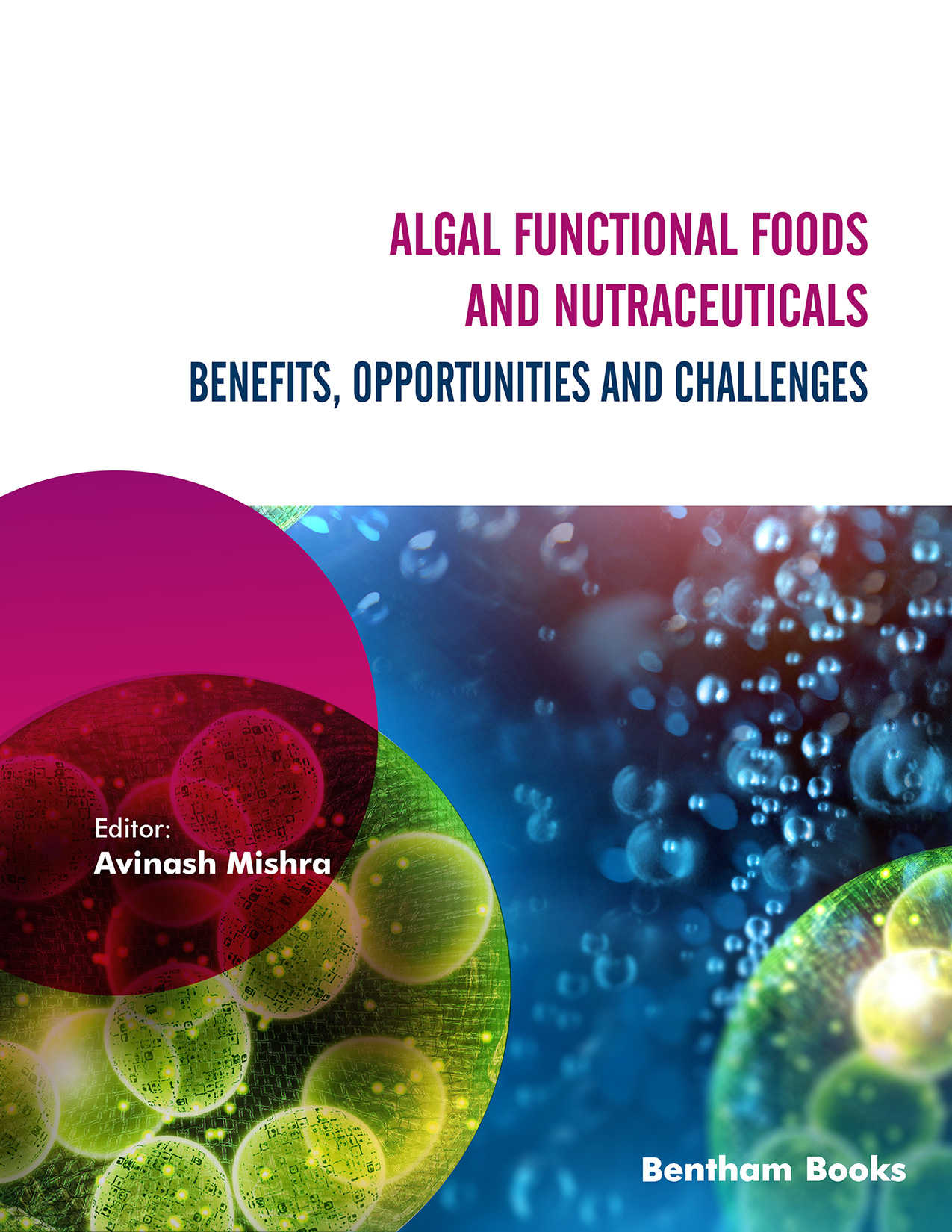“Let food be thy medicine and medicine be thy food,” a quote by the Father of Medicine, Hippocrates, extended our quest towards the use of algal resources as a functional food for human health. Algae have been used as food and food ingredients from ancient times. The objective of the book is to present the current knowledge and recent advances in the field of Algal Functional Foods and Nutraceuticals to stimulate further research and to sensitize the exploration of algal-food for novel applications. The benefits of algae-based foods, opportunities in the exploration of value-added functional foods from algae, and challenges to be encountered during nutraceuticals or product development are key topics, which are the genesis of this book. The concept of algae as a source of biologically active ingredients for the formulation of functional foods and nutraceuticals has also been discussed. The book is organized into twenty-one chapters, covering information on algal cultivation, habitat, nutraceuticals, bioactive compounds, metabolites, pigments, food packaging materials, and toxicity.
Chapters introduce the cultivation, habitat and environmental impact of the edible algae. Techniques available for cultivation, different types of habitat, and how the environment influences food quality have been discussed in detail. The next few chapters discuss the potential, trends, application in the present scenario, and prospects of algal-based nutraceuticals. Subsequent chapters discuss the extraction of bioactive compounds, their potential, application, and chemical structures of algal metabolites. Various biological properties, such as antioxidant, anticancer, anti-inflammatory, anti-obesity and anti-diabetic are also discussed in the book. The role of algae as prebiotic and probiotic, and their nutritional values have enlightened their wide range of scope. The role of algal-based value-added products in food packaging, biodegradable film and food coating are also key highlights of the book. Bio-refinery concept and role of different algal metabolites and pigments are discussed in detail. Finally, the toxicity of algal foods to human health is also discussed.
The book covers basic concepts as well as advances in Algal Functional Foods. The book is valuable for algal-farmers, scientists, students, industries and consumers to understand the potential and prospects of algae for Foods and Nutraceuticals. The book will strengthen the concept of readers and also allow them to select an appropriate approach for their research. The book will also enable readers to think differently from the conventional approaches.
With the grace of Lord Shiva, and the blessing of my parents and family members, I have completed this book. The compilation was made possible only through the voluntary contributions of international experts who provided a valuable and global vision of the edible algae. I express my deep appreciation and gratitude to all the authors for their valuable contributions. My gratitude is also extended to Dr. Kannan Srinivasan, Director CSMCRI, Prof. Bhavanath Jha, former Head of the Division, and all students associated with me. I acknowledge Dr. CRK Reddy, an eminent seaweed-biotechnologist, for forwarding this book. This publication is approved with CSIR-CSMCRI PRIS registration number 02/2021.
I thank my wife, Mrs. Chetna Mishra, for being my strength and daughters Ekisha and Aaral for unconditional love.
Avinash Mishra
Principal Scientist, Molecular Biology and Biotechnology
Applied Phycology and Biotechnology Division
CSIR-Central Salt and Marine Chemicals Research Institute
Bhavnagar (Gujarat), India

